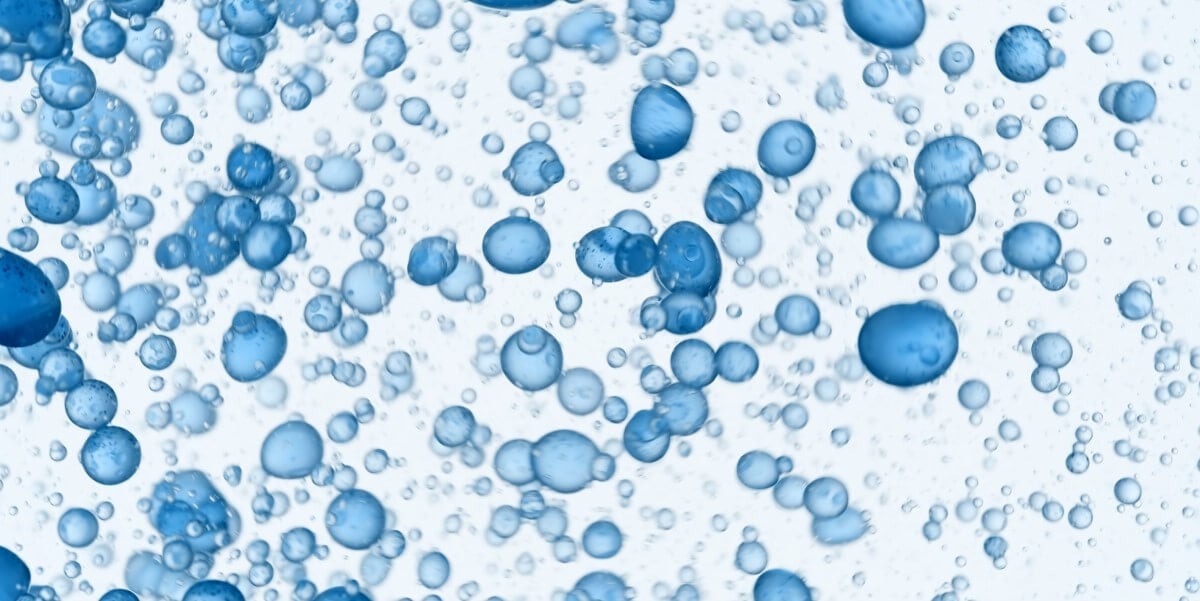Pre-commission cleaning of pipework systems; the new BSRIA BG 29/2020
The Pre-Commission Cleaning of Pipework Systems 6th edition (BG 29/2020) was published earlier this year by the Building Services Research and Infomation Association (BSRIA). The updated guide replaces the previous 2012 edition.
In this blog post, we explore what’s included in the new guidance. But first, we provide a quick refresh on the importance of pre-commission cleaning.
What is pre-commission cleaning and why is it important?
“Pre-commission cleaning is the process of bringing a closed heating or cooling system to a satisfactory state for commissioning and ongoing maintenance of water quality.”
Poor management of closed heating and cooling systems can result in the build-up of scale and corrosion. In turn, this can lead to reduced efficiency and even damage to critical systems. Contaminants in the water can make the system prone to blockages - and may even cause further corrosion and growth of microorganisms.
Pre-commission cleaning is a vital process that ensures water systems perform at their best.
Chemical cleaning of the system water removes corrosion deposits and mobilises any suspended solids present.
The idea of cleaning pipework systems to remove these contaminants before commissioning was addressed in the very first BSRIA Pre-Commission Cleaning of Water Systems guide, which was produced in 1991.
What new updates are included in BSRIA BG 2020?
The 2020 guidance includes new guidance in the following areas.
Cleaning considerations for thin-walled carbon steel pipes
The new BSRIA guide advises that, depending on the guidance offered by the manufacturer, the following options may be considered for cleaning thin-walled carbon steel pipes:
- Omit chemical cleaning and simply flush the pipes with clean water before inhibiting
- Undertake a chemical cleaning procedure approved by the pipe manufacturer and supported under warranty
- Clean the pipes using a closed-loop pre-treatment cleaning (CPC) regime to protect bare metal surfaces from untreated oxygenated water
Closed-loop pre-treatment cleaning (CPC) procedures
The new BSRIA guide provides updated guidance on closed-loop pre-treatment cleaning (CPC) system filling, including advice on pre-treating the water used to fill the system for the first time and CPC dynamic flush techniques.
Pre-treatment options described in German directive VDI 2035
The new guide refers to the German directive VDI 3025, which is designed to help avoid scale and corrosion in closed heating systems.
One of the pre-treatment options described in the directive is to demineralise, deaerate and control the pH of post-clean full water and all top-up water that enters throughout the life of the system. The benefit of this approach is that it may reduce the need for dosing with corrosion inhibitor chemicals.
Corrosion monitoring solutions
The update includes more focus on the importance of detecting dissolved oxygen (DO) and how this can be achieved using corrosion monitoring technology.
You can reliably monitor water characters and system condition with systems like Hevasure. Our Hevasure monitoring system protects critical systems from corrosion damage by continuously and remotely monitoring the conditions that can cause corrosion before any damage occurs.
Heat networks and low carbon systems
Heat networks, such as community heating systems, are typically operated with flow or return temperatures between 20 and 40°C. However, bacteria can multiply more rapidly at these temperatures than they can at higher temperatures. For this reason, the update recommends regular monitoring of bacteria levels in parts of the system during normal operation.
Additional updates
- Diagrams showing flushing and cleaning provisions have been updated to include common features of modern variable-flow heating and chilled water systems.
- Greater clarity has been given to the inspection and witnessing stages, with more of the onus placed on cleaning specialists to produce a sampling and analysis plan with target limits for a range of water quality parameters.
- Microbiological limits for total viable counts (TVC) have been retained at 10,000 cfu/ml. This is based on recommendations for avoiding biofilms in cooling towers, as outlined in HSG 274 Part 1.
- Microbiological limits for pseudomonads have been revised to 1,000 cfu/ml as an additional indicator of the potential for biofilm growth.
The BSRIA BG 29/2020 guide should be used to inform best practice in the pre-commission cleaning process. You can download the full guide here.
WCS Group are experts in water testing, laboratory analysis and water microbiology, ensuring safe drinking water and compliance with HSG274, ACoP, BG50. We offer accredited water testing services for TVC as well as legionella, pseudomonas, coliforms and other parameters.
Topics: Water Treatment & Hygiene

Written by Jon Greaves
Jon has progressively worked through operational roles, account management, technical management, and senior management roles over the last 16 years within one of the group companies before moving into the role of Water and Air Managing Director. Jon has experience across multiple sectors of water and air compliance, including district energy networks; data centres; healthcare; food and beverage and facilities management. Jon acted as a corresponding steering committee member on CIBSE CP1 – Heat Networks Code of Practice for the UK released in 2020.



